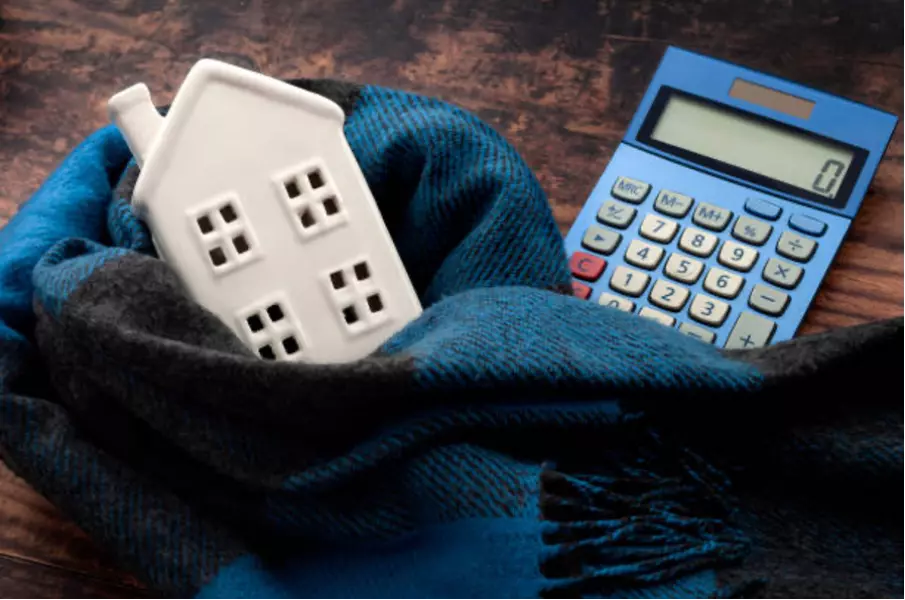Financing a Home Renovation Using Hard Money Loans

Are you embarking on a new remodeling project to turn a fixer-upper into a high-value property? Do you need a flexible, affordable option to support your real estate dreams? We've got you. This article explores financing a home renovation using hard money loans.
From helping you calculate after-repair value to elaborating on its benefits, this guide answers all your pressing questions about hard money loans. If traditional financing doesn't feel like the right fit and you need a viable alternative, read till the end. Now, let's get started:
Steps in Calculating After Repair Value
Calculating a property's After Repair Value (ARV) is crucial in real estate investing. Unlike traditional loans that rely heavily on credit score, hard money lenders work with the prospective sell price or the property's market value post-improvement. In other words, knowing how to calculate the ARV of a property is essential. Not only does it allow you to keep you informed, but it also increases your leveraging power. So, let's dive into how to navigate through this process:
1. Conduct Thorough Market Research
Start with a good picture of your local real estate market. It's essential to perform research on comparable properties in the same area. This step gives you an accurate picture of your project's potential value. Look for recently sold homes (preferably within the last 3-6 months) and share similar characteristics with the property in question—think size, style, condition, and location. The more similar the properties are in square footage, number of bedrooms and bathrooms, lot size, and other significant features, the more accurate your ARV estimate will be.
2. Calculate the Average Sale Price
Calculate their average sale price with a list of comparable properties to achieve a baseline figure. Remember, no two properties are exactly alike, so it's necessary to adjust the value of your comparables to account for any differences. This average will give you a baseline figure from which to work. That's why conducting market research on properties in the area is essential. Knowledge of multiple properties can help you adjust sale prices downward or upward to match your property's specifications more closely.
3. Factor in the Cost and Impact of Repairs

Consider the repairs and renovations you plan to make carefully. Not all improvements will increase the property's value equally, so focusing on changes that offer the best return on investment is essential. Factor these costs and their potential to boost the property's value when calculating the ARV. Maryland Hard Money Lenders can assist in determining the loan amount for your renovation.
4. Use Professional Tools or Consult Experts
Get more precise calculations using real estate valuation tools or software. Consulting with real estate professionals, such as appraisers or agents with experience in the local market, can also provide valuable insights and help refine your ARV estimate.
5. Review and Adjust as Necessary
Remember, the real estate market is dynamic, and prices can fluctuate. Regularly review and adjust your ARV calculation based on the most current market data and any changes in your renovation plans.
Benefits of Using a Hard Money Loan to Finance Renovation
Using a hard money loan to finance a home renovation offers a range of benefits that cater to real estate investors and homeowners looking for flexibility and speed. Here are some of the key benefits of using hard money loans for financing renovations:
● Speed of Approval and Funding
One of the most significant advantages of hard money loans is the rapid approval and funding process. Unlike traditional bank loans, which can take weeks or months to get approved, hard money lenders are only concerned about one thing, “what is after-repair value?" Thus, for investment opportunities where speed is crucial, hard money loans are a sure way to secure properties and start renovations quickly.
● Flexibility in Terms
While traditional loans often offer cheaper rates, their policies are rigid. Hard money lenders are much more amenable by comparison and offer private investors or companies more room to negotiate. This payment option provides unparalleled flexibility, from repayment schedules to interest rates and loan amounts. Thus, savvy investors can land a sweet bargain with an accurate ARV estimate and good negotiating skills.
● Collateral-Based Lending
The approval for a hard money loan primarily depends on the value of the property being used as collateral rather than the borrower's credit history or income. This focus on collateral allows borrowers with less-than-perfect credit scores or untraditional income sources to secure funding for their renovation projects.
● Opportunity for Properties in Poor Condition
Many traditional lenders hesitate to finance properties requiring extensive repairs or renovations. On the other hand, hard money lenders specialize in lending on a property's after-repair value (ARV). This feature makes hard money loans ideal for financing fix-and-flip projects or major renovations on properties that would not qualify for conventional financing.
● Short-Term Financing Solution
Hard money loans are typically short-term loans with terms ranging from one to five years. This short duration makes them an excellent option for financing renovations before refinancing to a long-term loan or selling the property at a profit. Additionally, there are often no charges for prepayment, saving investors additional costs if they complete renovations and sell the properties faster than anticipated.
Conclusion
Financing a home renovation with hard money loans is a viable solution for many investors and homeowners. From its speed to flexibility and opportunities to rehabilitate unlikely prospects, it's a strategic solution worth considering. With the steps to calculate the After Repair Value (ARV), you can accurately assess the potential profitability of renovation projects and negotiate from a stronger position with lenders.
More to Read:
Previous Posts:








